The global amphibian population has been facing an unprecedented crisis over the past few decades, with fungal pathogens emerging as one of the most devastating threats. Among these, Batrachochytrium dendrobatidis (Bd) and Batrachochytrium salamandrivorans (Bsal) have decimated frog and salamander populations across continents. Scientists and conservationists are now rallying behind an ambitious initiative: the development of a fungal vaccine to safeguard these vulnerable species. This groundbreaking effort, known as the Global Amphibian Rescue Mission, could represent a turning point in the fight to preserve biodiversity.
The urgency of this mission cannot be overstated. Amphibians play a critical role in ecosystems, serving as both predators and prey while contributing to nutrient cycling. Their decline has far-reaching consequences, disrupting food chains and altering habitats. The chytrid fungus, in particular, has been responsible for the extinction of nearly 90 amphibian species and the decline of hundreds more. Traditional conservation methods, such as habitat protection and captive breeding, have proven insufficient against this microscopic killer. A vaccine, however, offers a proactive solution that could immunize amphibians before they encounter the pathogen in the wild.
Researchers are exploring multiple avenues for vaccine development. One promising approach involves exposing frogs to weakened strains of the fungus, stimulating their immune systems without causing disease. Early trials have shown that vaccinated individuals can develop resistance, surviving subsequent exposures that would typically be fatal. Another strategy focuses on identifying key fungal proteins that trigger immune responses, which could be synthesized and administered as a subunit vaccine. While challenges remain—such as ensuring long-term immunity and delivering the vaccine to wild populations—the progress so far has been encouraging.
The logistical hurdles of vaccinating amphibians on a global scale are immense. Unlike domesticated animals, wild frogs and salamanders are not easily accessible for routine injections. Scientists are investigating alternative delivery methods, such as oral vaccines administered through food or environmental vaccines dissolved in water. Some teams are even experimenting with "bioaugmentation," introducing beneficial bacteria to amphibian skin that can outcompete the fungus. Each method has its advantages and limitations, but the collective effort reflects a growing consensus that innovation is essential to overcoming this crisis.
Beyond the science, the success of this initiative hinges on international collaboration. The chytrid fungus knows no borders, and its spread has been facilitated by global trade in amphibians. Countries with high amphibian diversity, such as those in Central and South America, are partnering with research institutions in North America and Europe to pool resources and expertise. Public awareness campaigns are also gaining traction, highlighting the importance of amphibians and the need for funding. The involvement of local communities, particularly in regions where frogs are culturally significant, has been instrumental in gathering support for conservation efforts.
Critics of the vaccine approach argue that it may divert attention from addressing the root causes of amphibian decline, such as habitat destruction and climate change. However, proponents counter that the fungal threat requires immediate intervention, and a vaccine could buy time for other conservation strategies to take effect. The reality is that no single solution will suffice; a multifaceted approach is necessary to ensure the survival of these species. The development of a fungal vaccine is not a silver bullet, but it could be a vital component of a broader rescue plan.
As the project moves forward, ethical considerations are coming to the forefront. Some question whether humans should interfere with natural processes, even in the face of mass extinctions. Others raise concerns about unintended consequences, such as the vaccine altering amphibian behavior or ecology. These debates underscore the complexity of conservation biology and the need for careful, evidence-based decision-making. What is clear, however, is that doing nothing is not an option. The loss of amphibians would irreversibly diminish the planet's biodiversity, with consequences we are only beginning to understand.
The road ahead is fraught with challenges, but the potential rewards are immense. If successful, the Global Amphibian Rescue Mission could serve as a model for addressing other wildlife diseases, from white-nose syndrome in bats to coral reef pathogens. It also represents a testament to human ingenuity and our capacity to rectify the damage we have inflicted on the natural world. For now, the focus remains on the frogs, salamanders, and other amphibians teetering on the brink. Their fate may well depend on the outcome of this daring scientific endeavor.

By /Aug 4, 2025
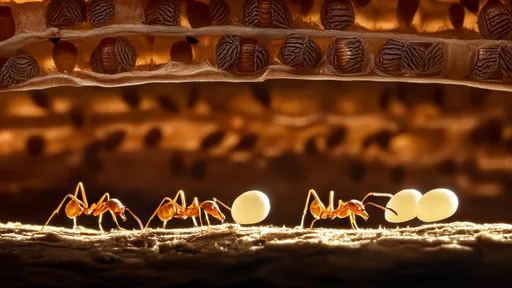
By /Aug 4, 2025

By /Aug 4, 2025

By /Aug 4, 2025
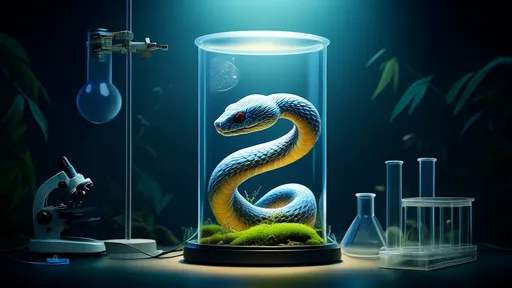
By /Aug 4, 2025
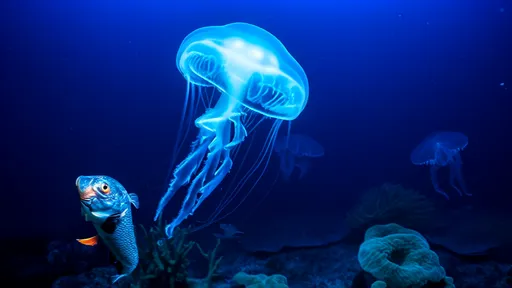
By /Aug 4, 2025
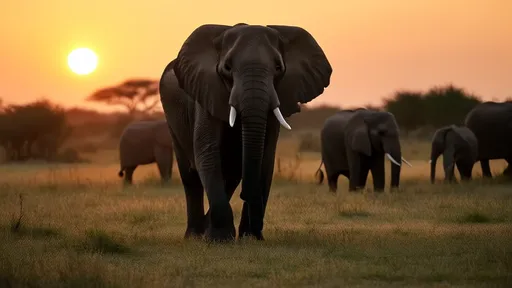
By /Aug 4, 2025
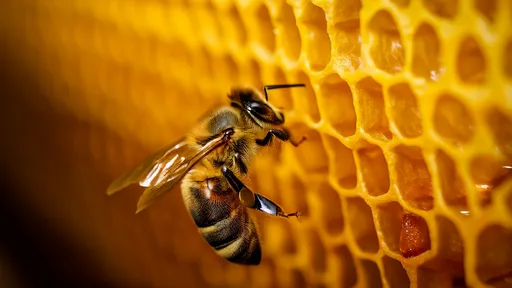
By /Aug 4, 2025

By /Aug 4, 2025
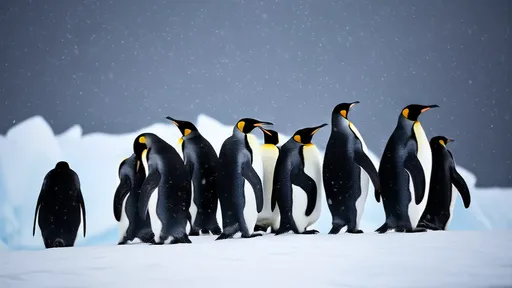
By /Aug 4, 2025

By /Aug 1, 2025

By /Aug 1, 2025

By /Aug 1, 2025

By /Aug 1, 2025
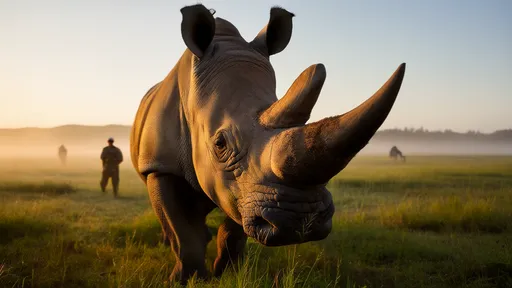
By /Aug 1, 2025

By /Aug 1, 2025

By /Aug 1, 2025

By /Aug 1, 2025

By /Aug 1, 2025

By /Aug 1, 2025